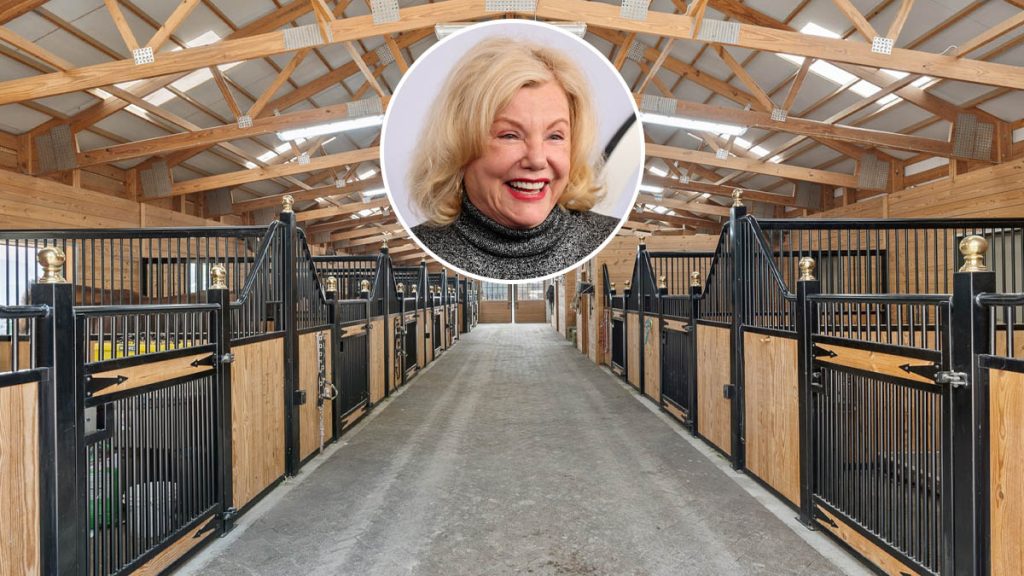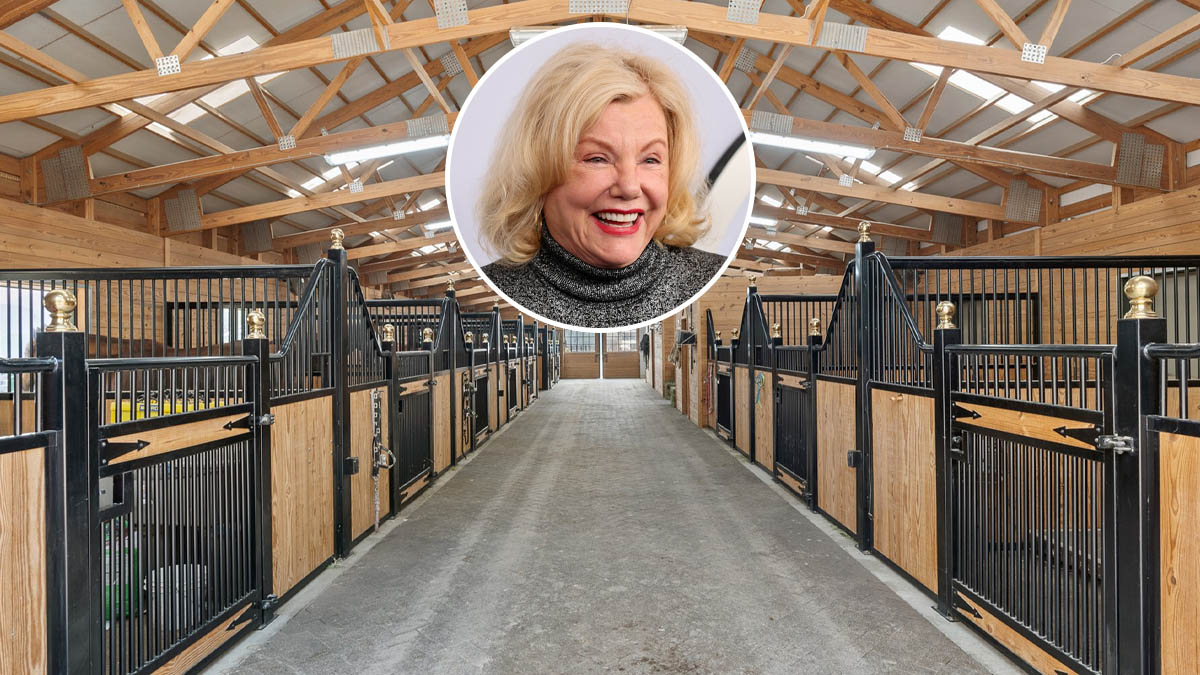
Proposal to Convert Leonora Carrington’s Home into a Museum Cancelled

### Leonora Carrington’s Mexico City Home to Become a Research Center Instead of a Museum
The Mexico City studio home of Leonora Carrington, one of the most influential figures of Surrealism, is set to become a research center, diverging from previous plans to turn the space into a public museum. This unexpected change comes amidst disagreements between the Universidad Autónoma Metropolitana (UAM), which owns the property, and its labor union. The decision alters the anticipated future of a site that holds deep cultural and artistic significance.
#### The Legacy of Leonora Carrington and Her Mexico City Home
Leonora Carrington, born in England in 1917, is widely regarded as one of the most important Surrealist artists of the 20th century. She moved to Mexico in the early 1940s, fleeing the turmoil of World War II, and made the country her home for more than 60 years. During her time in Mexico City’s Roma neighborhood, her residence became not just her refuge but also the space where she created a significant body of work, seamlessly blending the mythologies of Surrealism with Mexican folklore and indigenous spirituality.
Carrington’s works have gained global recognition for their exploration of the unconscious, magical realism, and feminist themes, marking her as a key figure in both art history and the feminist movement. The sale of her artwork continues to break records in the public market, underscoring her enduring legacy. Following her death in 2011, her son Pablo Weisz Carrington inherited the Mexico City property and committed to transforming it into a museum to honor his mother’s vision and preserve her artistic heritage.
#### The Shift from Museum to Research Center
In 2017, Pablo Weisz Carrington sold the house, located on Chihuahua Street, to UAM for 12 million pesos (~$605,000). UAM had planned to convert the three-story home into a public museum, drawing comparisons to Frida Kahlo’s famous Casa Azul museum in Coyoacán. Carrington’s house was intended to showcase 45 of her sculptures, donated by Weisz Carrington, alongside 8,600 other objects, photographs, and sketches that offered a glimpse into her life and work.
However, as of October 2023, UAM announced a major shift in its plans. Instead of a public museum, the house will be repurposed into a research-focused documentation center dedicated to studying Carrington’s work and related art-historical themes. Yissel Arce Padrón, UAM’s general coordinator of Diffusion and Outreach, explained that the university’s primary interest is research and emphasized the importance of maintaining the property as a site of study rather than tourism.
#### The Controversy with UAM’s Labor Union
The decision to alter the original vision for the house follows years of contract negotiations between UAM and its labor union. Rodolfo Pérez, the general secretary of the union, claims that the university violated a collective labor agreement by failing to create 17 permanent positions that were meant to support the operation of the museum. He accuses the university of using the union as a scapegoat to avoid fulfilling its obligations.
Pérez believes that the university’s shift in plans is a symptom of broader issues, including inadequate strategic planning and unclear financial management, which UAM has firmly denied. Arce Padrón has countered Pérez’s statement, stating that the change is not motivated by a labor dispute and that resource allocation in public universities is often complex and subject to government funding policies.
#### The Future of the Carrington Property
While turning the house into a research center may disappoint those who hoped for a museum dedicated to Leonora Carrington, the move highlights Mexico’s growing emphasis on scholarly inquiry into its cultural and artistic icons. Carrington’s work will still be accessible — albeit through a different, academic lens.
Though public visitors will no longer have the chance to tour Carrington’s carefully preserved kitchen or her iconic living room where she created numerous masterpieces, the transformation into a research center assures that her influence will continue to inspire deeper academic studies and insights in the years to come. The center will allow new generations of researchers to delve into Carrington’s works and her intersection with Surrealism, feminism, and Mexican cultural movements.
Nevertheless, this decision opens up broader discussions about how public histories are shaped by budgetary concerns, institutional interests, and worker relations. Whether UAM’s choice will enhance or limit the popular access to Carrington’s legacy remains to be seen.
#### Conclusion
Leonora Carrington’s Mexico City home will now transition into a research center, symbolizing a pivot away from public tourism and toward academic inquiry. Although the move to eschew the museum plan was met with controversy — particularly a dispute between UAM and its labor union — Carrington’s influence will continue to endure. Situated in one of Mexico City’s most artistic neighborhoods, the former residence of this trailblazing Surrealist will serve as